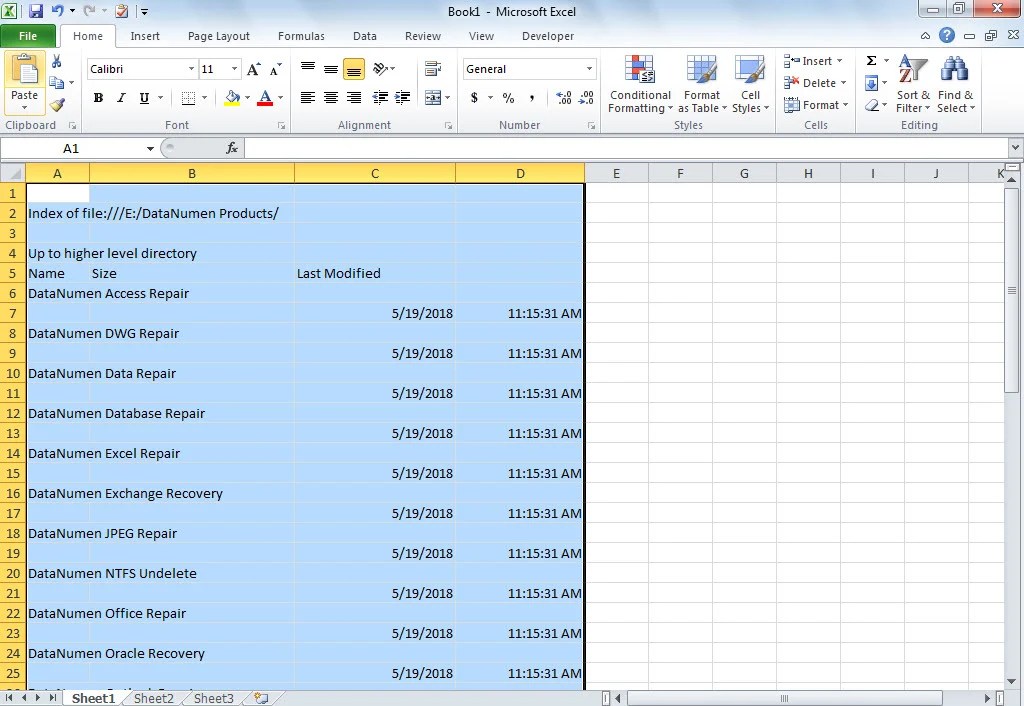Master Excel Copy-Paste Techniques Easily

Whether you're juggling data across spreadsheets or trying to streamline your work, mastering Excel copy-paste techniques can significantly boost your productivity. Excel offers a suite of features to copy, paste, and manipulate data efficiently, and this guide will walk you through some of the most useful ones. Let's dive in and explore how to become an Excel copy-paste maestro!
Basic Copy-Paste Techniques


Before we get into the more advanced techniques, let’s start with the basics:
- Copy: Press Ctrl + C or right-click and select “Copy.”
- Paste: Use Ctrl + V, right-click and choose “Paste,” or go to Home > Paste from the ribbon.
📝 Note: Make sure you are not copying hidden or filtered data to avoid unintended selections.
Using Paste Special


The Paste Special feature in Excel is a powerhouse for advanced copy-pasting:
- Formulas: To paste only the formula from a cell, use Alt + E, S, F or Home > Paste > Paste Special > Formulas.
- Values: To paste values without any formatting or formulas, use Alt + E, S, V or Home > Paste > Paste Special > Values.
- Formatting: If you need to paste only the format of a cell, use Alt + E, S, T or Home > Paste > Paste Special > Formats.
💡 Note: Paste Special options allow you to paste data selectively, which can help maintain data integrity and prevent overwriting important cells.
Transposing Data

Transposing data involves changing rows to columns or vice versa. Here’s how you can do it:
- Copy the data you wish to transpose.
- Go to the destination, then use Alt + E, S, E or Home > Paste > Paste Special > Transpose.
Pasting as Links

To create dynamic links between spreadsheets:
- Select the data to be linked.
- Right-click the destination cell, choose “Paste Special,” and then select “Paste Link.”
Copy and Paste Across Workbooks


When dealing with multiple Excel files:
- Open both the source and destination workbooks.
- Copy from the source as usual.
- In the destination workbook, use Ctrl + V or Paste Special options to insert the data.
🌐 Note: Ensure both workbooks are open to paste data correctly. If one is closed, Excel might not retain the formula links.
Advanced Data Manipulation

Excel allows for some sophisticated copy-paste operations:
- Copy Visible Cells Only: When dealing with filtered data, you can copy only the visible cells using Alt + ; before copying.
- Using ‘Alt + ’ for Merged Cells: When pasting into merged cells, this shortcut ensures the data fits properly.
In mastering these Excel copy-paste techniques, you'll find that your efficiency in handling spreadsheets will skyrocket. Remember that while these methods are powerful, practice is key to becoming proficient. Each method has its application, and choosing the right one can save you time and ensure data integrity.
Now, let's address some frequently asked questions about Excel copy-pasting:
What is the difference between Copy, Cut, and Paste?

+
Copying creates a duplicate of the selected data, leaving the original data in place. Cutting moves the selected data to a new location, clearing the source. Pasting inserts the copied or cut data at a designated spot.
How can I paste data without formulas?

+
Use Paste Special > Values. This will paste the cell’s value without any formulas, formatting, or other attributes.
Can I copy and paste data between different versions of Excel?

+
Yes, although newer Excel versions might not support all features when pasting into older versions. It’s advisable to use the same version when possible to avoid compatibility issues.
What should I do if my data doesn’t paste correctly?

+
Check for hidden rows or columns, ensure your destination range is appropriately sized, and verify that you’re not pasting into a cell that already contains data. Also, try using Paste Special to select the correct data type.
How do I quickly copy a range of cells to a new location?

+
Select the range of cells, press Ctrl + C to copy, then navigate to the new location and press Ctrl + V to paste.